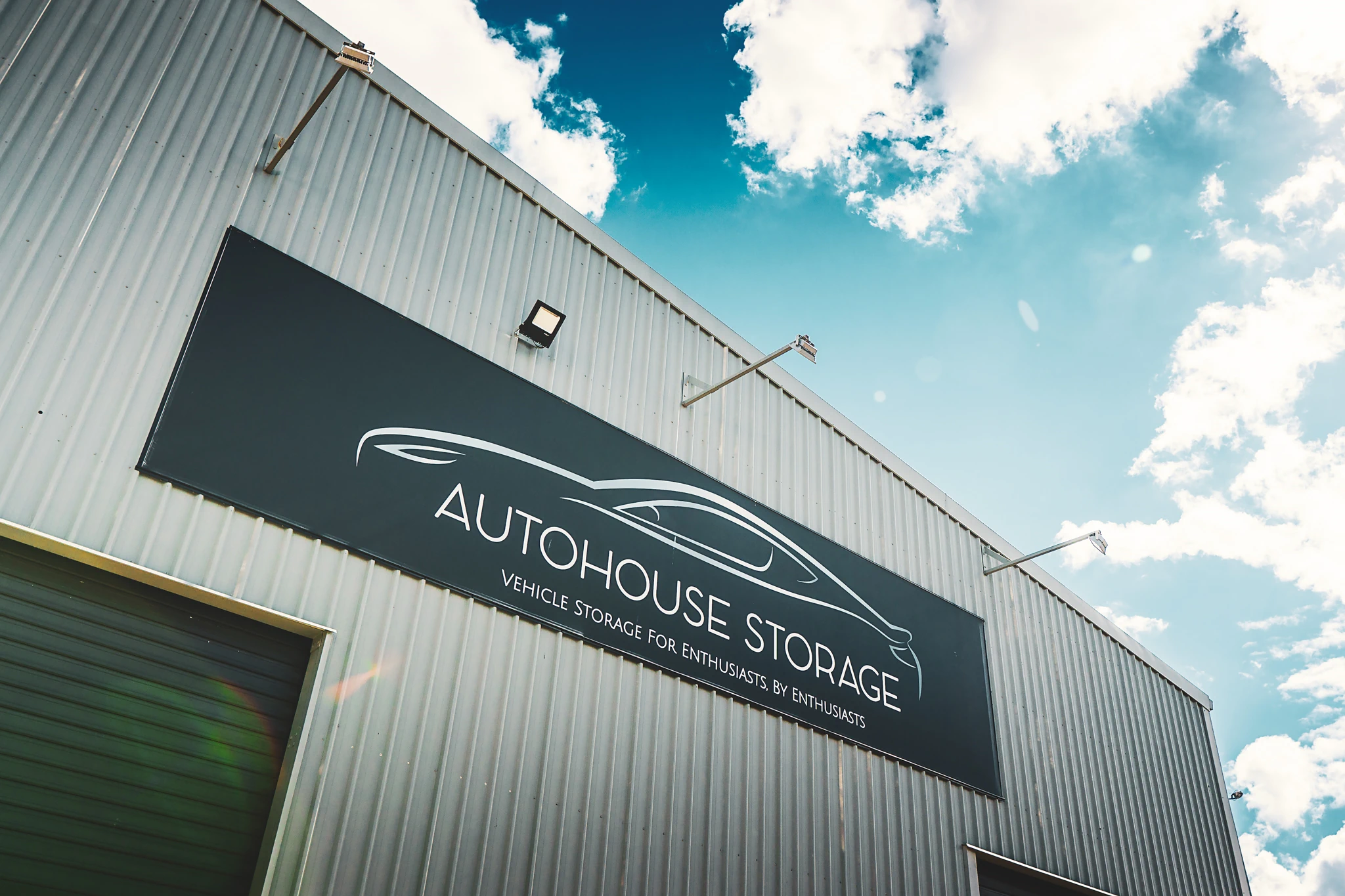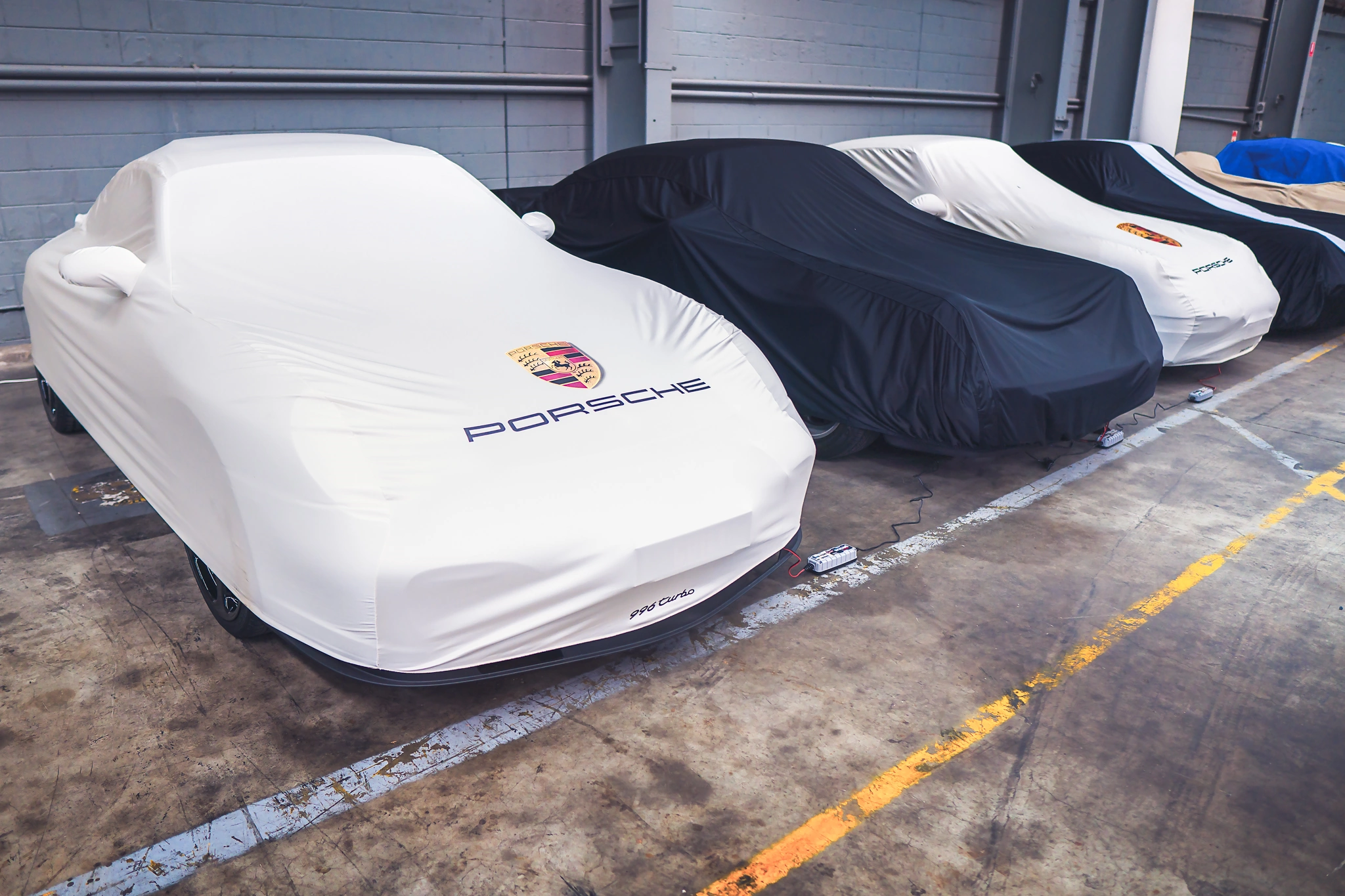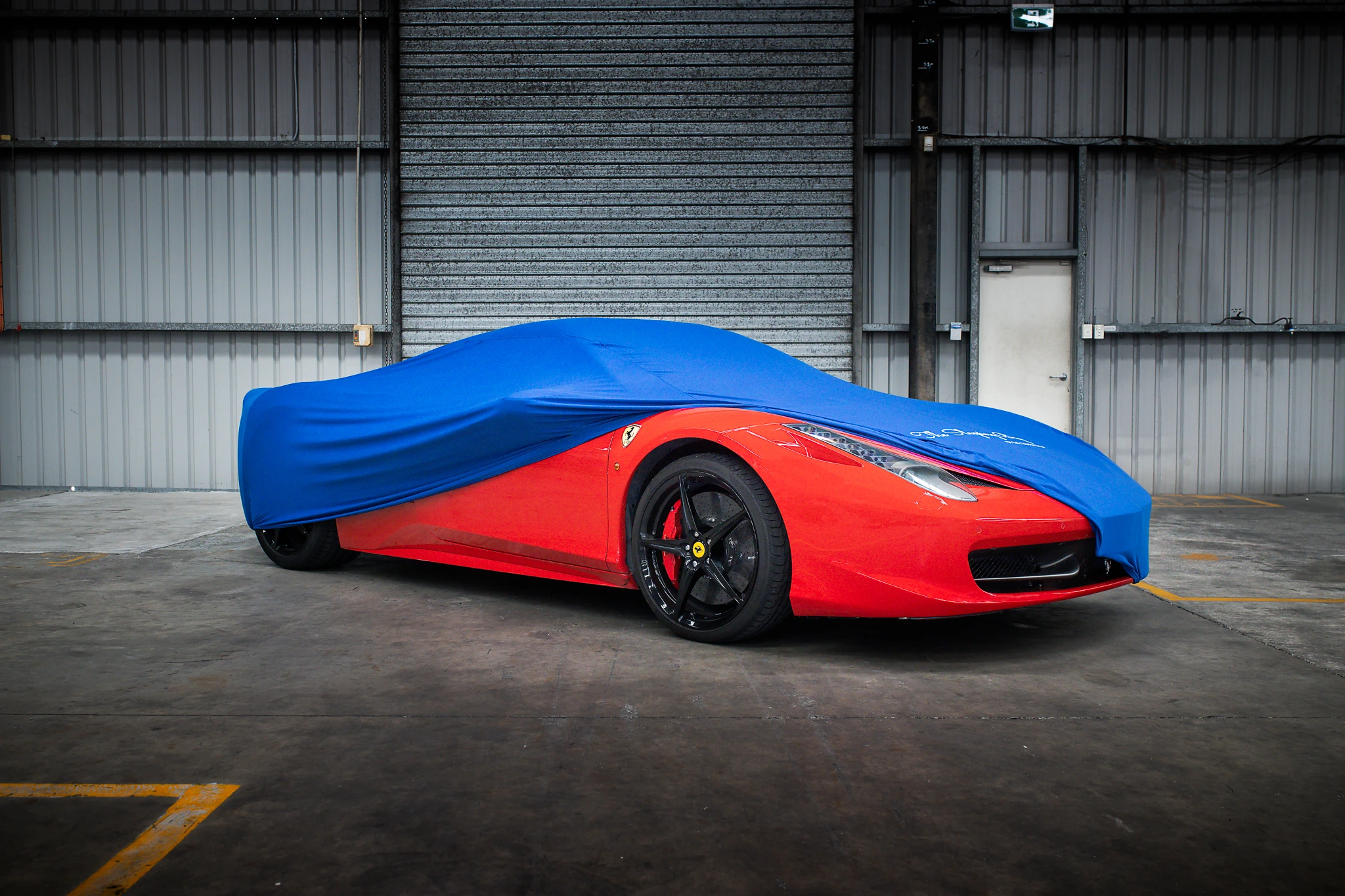29th January, 2019
An electrifyingly good article.

Battery Maintenance: Keep it Simple!
The dreaded flat battery – we’ve all been there. In a world of ever-improving automotive reliability, battery life is one aspect that is bucking this trend. With the sheer amount of electronics a modern car is fitted with, this comes as no massive surprise. Complex infotainment systems, electric steering, engine stop-start functions and electronic driver aids all rely heavily on a battery’s capacity to provide the juice to power all these systems. In fact, as most gadgets become more compact, battery sizes have stayed the same, if not become even larger. Just to reiterate, a battery is charged whilst the engine is in operation, via a clever belt-driven contraption called an alternator. Didn’t drive your car for a few months and wondered why your battery went flat? Thats because your alternator wasn’t charging it. Now you have an issue – your car won’t start. Unless you have a professional jump-starter pack handy, you’ll probably need to call for help. But wait, the battery is toast and you need to replace it. It turns out you have the type of modern car where if the battery is changed, the car’s computer must be reset by special computer software, only available at your Mechanical Workshop – looks like you’ll need a tow truck, and you’ll have to reach into the pocket for $600+ of unforeseen expenses. Damnit. (This is a transcript of a recent experience we had with a 2015 Volkswagen Golf, which had the engine start-stop feature).
And this is why it is most important to maintain the life of your battery. To do this, its important to first know what type of battery your car has…
5 Common Types of Battery
Lead Acid/Calcium
Also referred to as ‘Flooded’ these are typically the most common variety found in normal automobiles – utilises lead plates in electrolyte liquid (65% water, 35% sulphuric acid). They tend to be more tolerant of extreme weather conditions, and are good for the short, sharp power bursts needed to start an engine. The batteries are ‘unsealed’ and may require maintenance over their lifespan.

AGM (Absorbed Glass Mat)
Also referred to as Gel batteries, these are different to a regular battery as the battery acid is absorbed into glass mats like a sponge, instead of more conventional battery that has free-floating acid. Tend to produce higher amp outputs, are typically completely sealed and don’t produce gases or fumes, and are generally better suited to modern vehicles with modern electronics. They are also maintenance-free!
Lithium-Ion
Seen most commonly in hybrid and fully-electric vehicles. Known for their rapid-recharge ability, and pack a lot more punch for their size in comparison to conventional lead-acid batteries.
Deep Cycle
These are batteries that provide a more sustained power over a longer period of time – typically used with recreational vehicles such as Golf Carts, Boats and Caravans. They can deliver a consistent output for long period time without charge, but aren’t ideal for short, high outputs needed to start engines.

Ok, How Do I Maintain It Then?
Simple – get yourself a good battery conditioner. If you don’t plan to drive your car for 1 month or more, its a wise idea to invest a good automatic charging device. These are not a particularly expensive investment, and can save on having to prematurely replace a battery.

Take the Noco Genius 3500 we use on our Customer cars at Autohouse Storage. It couldn’t be easier to use – its a 3.5 amp, fully automatic charger – we simply ‘set and forget’ them.
Its features include:
-
Surge Protection
-
Short Protection
-
Overheating Protection
-
Anti-Spark Technology
-
Overcharge Detection and Protection
-
Battery Repair Mode
-
Water, Dust & UV Resistant
-
Reverse Polarity Detection (Won’t work if the terminal clips are around the wrong way)
-
Multi-Use: Will Charge Regular Flooded, AGM, Lithium and 6 Volt Batteries

Noco Genius: 7 Mode Functions + Fully Automatic Operation
Hot Tip: Not driving your car for over 12 months – remove your battery from your car and store it in a dark, cool environment, applying a battery charger intermittently*. Alternatively, the installation of a battery isolator (or kill switch) will do the job if removing the battery is a difficult procedure.
Signs Your Battery Is On It’s Way Out
The engine turns over more slowly when starting up
This is a result of the battery not having the capacity to power the starter-motor at its optimum capacity, thus sounding different and the engine taking longer to fire than normal. If it still happens after the car has been taken for a decent drive (giving the alternator a chance to charge), the battery could be on its last legs.
Its over 4 years old
The life of your battery will depend on its quality and the amount of use it has had over its life, but the general rule of thumb is replace around the 4 year mark as part of preventative maintenance.
The battery warning light is on
Depending on your type of car, this may indicate a low battery voltage level, or an alternator-related issue. Nonetheless a tell-tale sign that there battery-related issues with the vehicle.
Its leaking sulphur around the terminals









